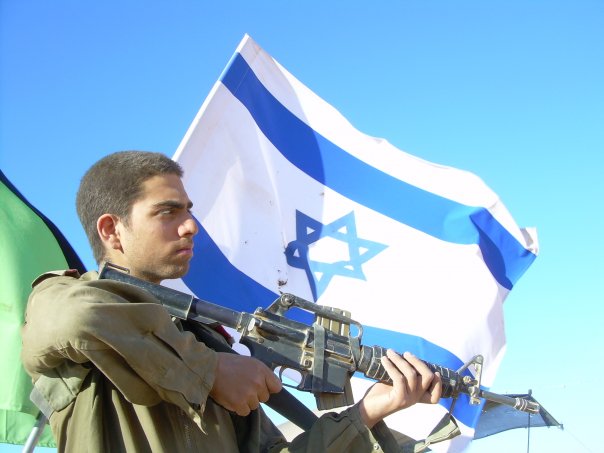 וידבר ה' אל משה לאמר, דבר אל אהרון ואמרת אליו בהעלתך את הנרות אל מול פני המנורה יאירו שבעת הנרות - And Hashem spoke to Moshe saying, "Speak to Aharon and say to him, "When you kindle the lights, toward the face of the menorah shall the seven lamps cast light." (Bamidbar 8:1-2)
וידבר ה' אל משה לאמר, דבר אל אהרון ואמרת אליו בהעלתך את הנרות אל מול פני המנורה יאירו שבעת הנרות - And Hashem spoke to Moshe saying, "Speak to Aharon and say to him, "When you kindle the lights, toward the face of the menorah shall the seven lamps cast light." (Bamidbar 8:1-2)Rashi explains that the six outer lights of the menorah (three to the left and three to the right of the central branch,) were directed towards the central one. He refers to the Medrash Tanchuma, where it is argued that since Hashem's presence caused the Bet Hamikdash to be lit up, the reason for this was so that the lights of the menorah would not be directed outward as if to illuminate the surrounding Bet Hamikdash. The menorah's purpose clearly was not for lighting; it served to highlight Hashem as the source of all light.
The word "בהעלתך," which literally means "when you cause to go up," is intriguing, too. HaRav Avraham Yitzchak Kook, the first Rabbi of Palestine, believed that we may learn much from the nature of a flame - it always rises straight up towards the heavens, striving to rise to God, no matter whether it is placed high or low. With this in mind, that the flame is turned elsewhere here is a remarkable deviation of spiritual and natural law. Why should this be?
In order to fathom this phenomenon we have to understand where the lights were being diverted towards. It is clear that the text sets out an imperative; that the lights of the menorah were to be lit toward it's face, as it says "אל מול פני המנורה יאירו שבעת הנרות - toward the face of the menorah shall the seven lamps cast light." The question is why should the flames all lean toward the "face," what was so significant about the face of the menorah?
I have two possible answers, one by the Sforno and one I read in the sefer קול דודי על התורה. The Sforno tenders an interesting an answer to this question, suggesting that the right side of the menorah is symbolic of those who engage in spiritual activity, whereas the left side represents involvement in temporal activity.
Alternatively, Rabbi David Feinstein, on whose lectures the sefer קול דודי על התורה is based, explains that the Menorah represents חכמה, and that the Menorah's seven lamps symbolise the seven branches of wisdom. It is possible to be wise in many ways - one can be an outstanding mathematician, an artist of breathtaking calibre or a brilliant scientist. The single most important thing though, is that the source of such wisdom is recognised and that our wisdom is used in the right way.
It is instructive to note that just as the lights of the menorah's six outer branches leaned toward the central branch, so too this central branch's light was directed towards the Kodesh HaKedashim, the resting place of God's presence in this world.
Whereas the Sforno and Rav Feinstein differ in their interpretations of what it is exactly that the menorah represents, they both agree on the lesson that may learn - the Torah teaches us here that we may understand from the Menorah how important it is to utilise and direct all our energies, be they intellectual, spiritual or physical, in our pursuit of becoming close to God.
Interestingly, we learn that God showed Moshe the method for producing the menorah several times, but Moshe simply could not get his head round the intricacies of the menorah's complex design. After repeatedly learning and forgetting it's design, Hashem told Moshe to go to a man called Betzalel. Incredibly, Betzalel understood how to make the menorah at the first time of asking. I believe that it's no coincidence that this episode happened to relate to the Menorah - I think that the common message is that we all have our different talents, and we have to work together to serve Hashem as one.
Wishing you a שבת שלום!






No comments:
Post a Comment